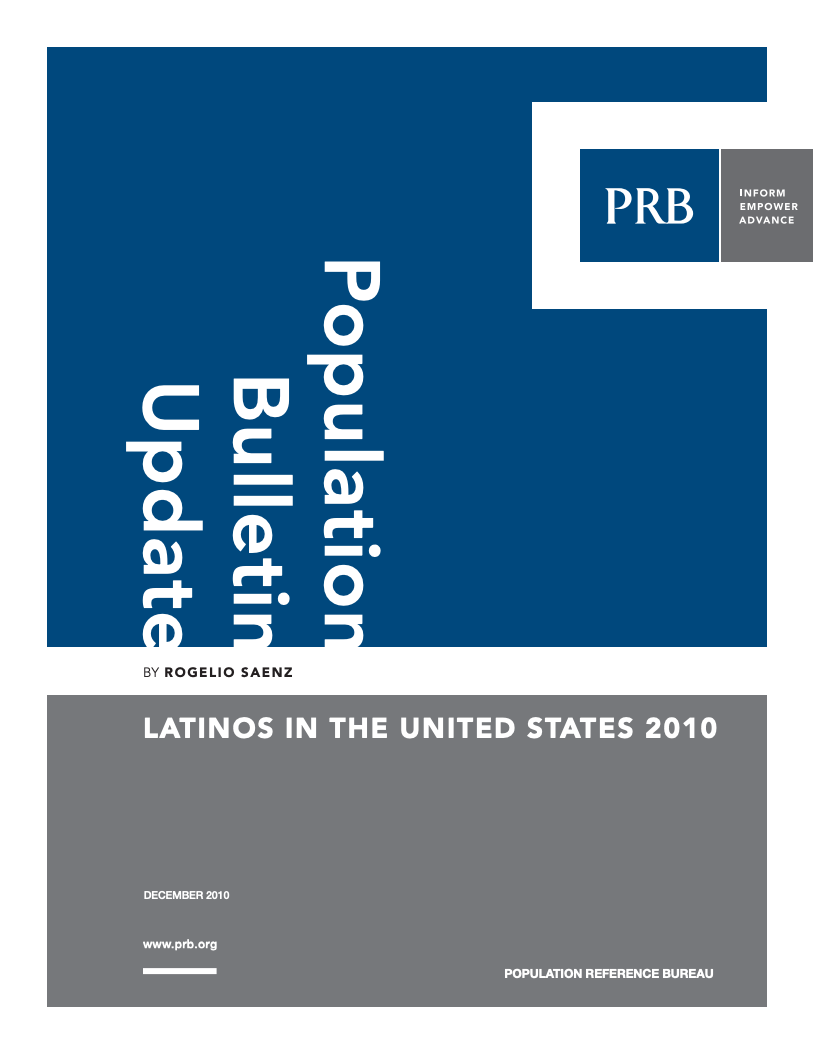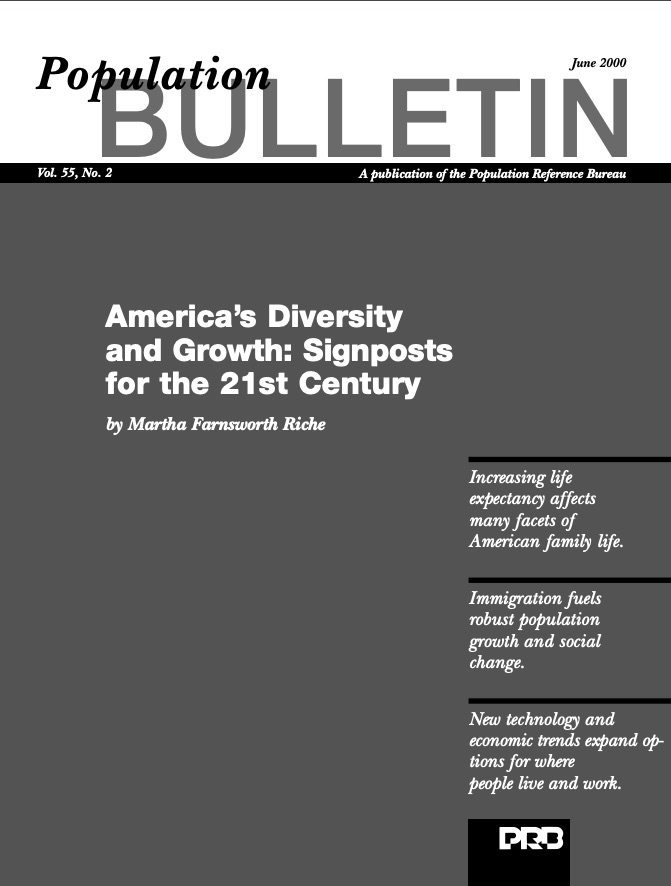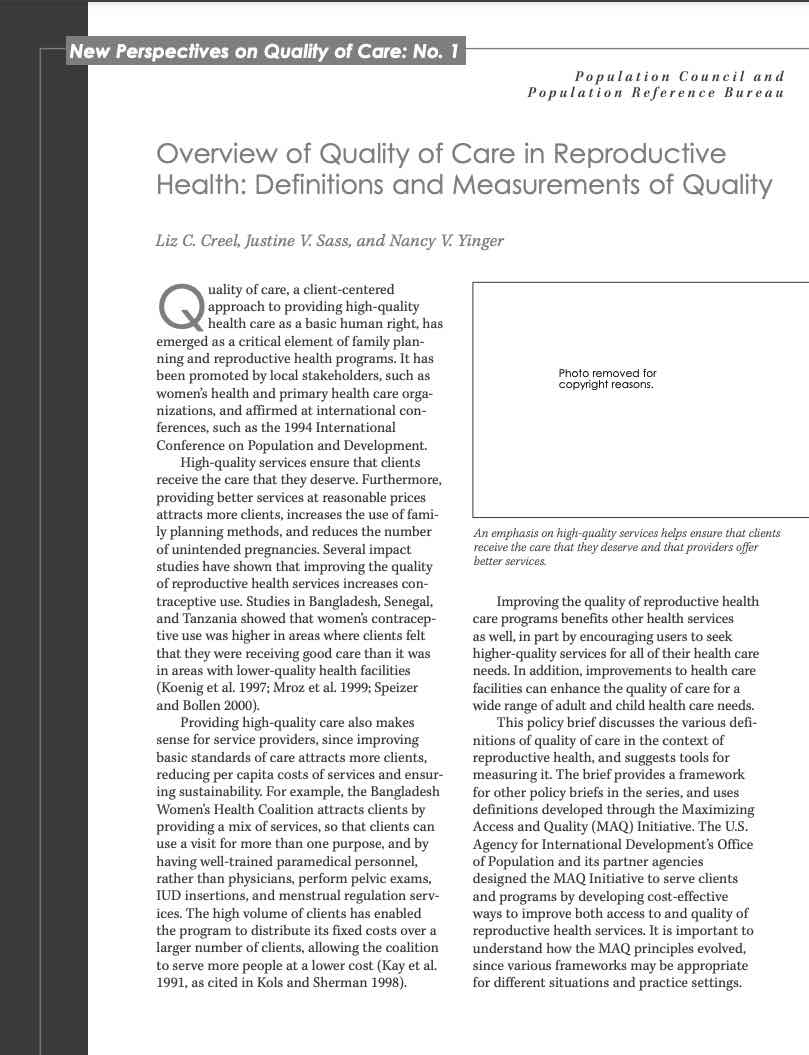Social and Economic Well-Being and the Future for Latinos in the United States
(2010) U.S.-born Latinos and foreign-born Latinos face widely different social and economic experiences in the United States.

(2010) U.S.-born Latinos and foreign-born Latinos face widely different social and economic experiences in the United States.

(2000) At the beginning of the 21st century, demographic trends seem to many Americans to signal new, potentially disquieting changes in the U.S. population.
(2010) During the current U.S. recession, homeownership and mobility rates have dropped; poverty has increased; and commuting patterns have shifted toward greener, more cost-effective options.

(2002) Quality of care, a client-centered approach to providing high-quality health care as a basic human right, has emerged as a critical element of family planning and reproductive health programs.
(2004) Within the next few years, the U.S. population — currently estimated at 293 million — is expected to reach twice its 1950 level of 151 million.
In 2008, the United Nations announced that 50 percent of the world's population now lives in urban areas, a milestone in demographic history.